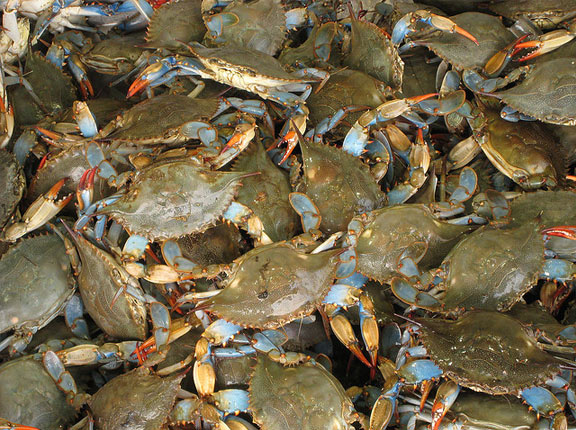Research Shows Drop in Bay Blue Crab Population
blurb
The population of spawning-age blue crabs in the Bay fell to 120 million in 2007-08, compared with 143 million in 2006-07, according to the 2008 Chesapeake Bay Blue Crab Advisory Report. Both of these figures are below the interim target population of 200 million spawning-age crabs.
The report also shows:
- The population of crabs more than five inches long remained lower than historic levels.
- The number of juvenile blue crabs entering the population increased slightly from the previous year, but remained well below the average.
- The abundance of mature females, or spawning potential, was also found to be below average.

The Blue Crab Advisory Report, developed by the Chesapeake Bay Stock Assessment Committee, is based primarily on data from the 2007-08 baywide winter dredge survey. The Chesapeake Bay Stock Assessment Committee includes fisheries scientists from universities, the states of Maryland and Virginia, and NOAA’s National Marine Fisheries Service.
The abundance of spawning-age crabs (age 1+) is a key indicator of the status of the blue crab stock and is used to determine if the population is overfished.
In 2007, 43.5 million pounds of crabs were taken from the Bay -- the lowest recorded harvest since 1945. Based on the historical relationship between crab population and the following year’s harvest, the 2008 harvest was expected to remove about 67 percent of the Bay’s adult crab population.
In light of these figures, fisheries managers in Maryland and Virginia and at the Potomac River Fisheries Commission have implemented emergency regulations to reduce fishing pressure on female crabs. These changes are expected to reduce the amount of crabs taken from the Bay and help sustain a healthy crab population.

Comments
There are no comments.
Thank you!
Your comment has been received. Before it can be published, the comment will be reviewed by our team to ensure it adheres with our rules of engagement.
Back to recent stories